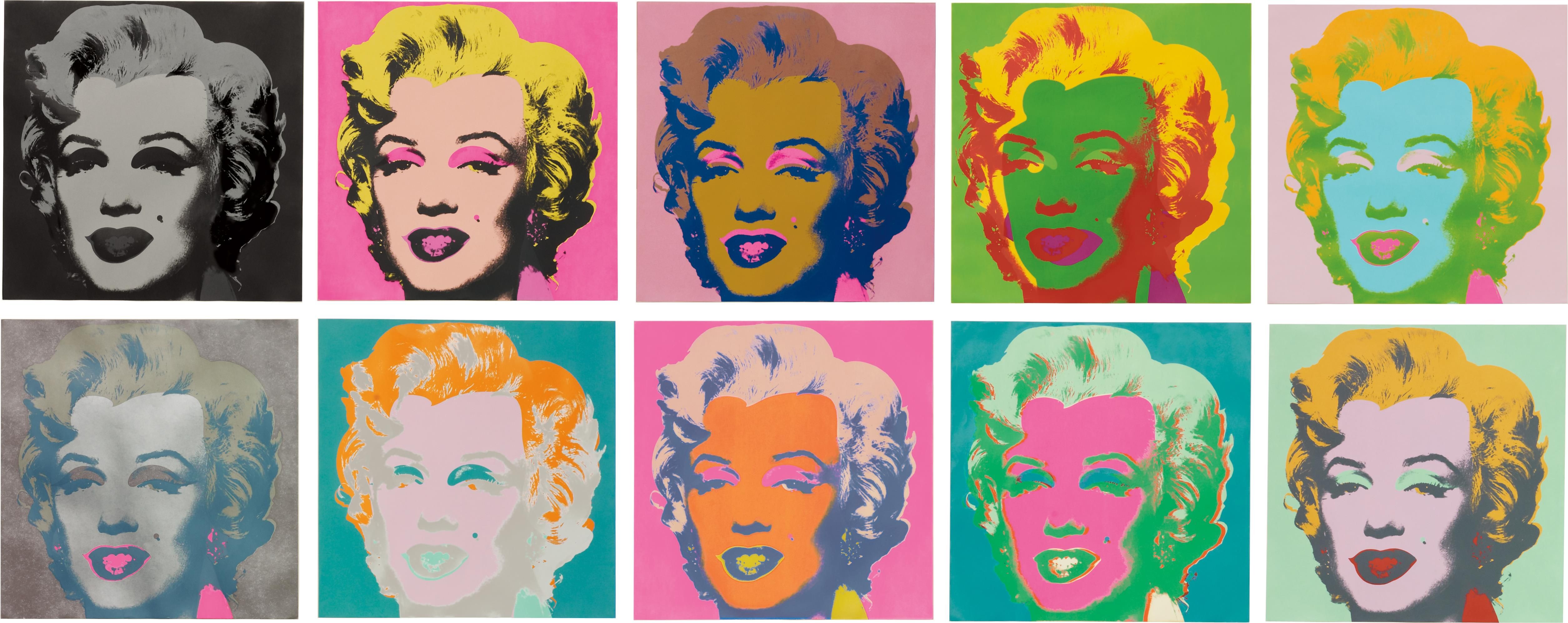
The first Great Museums books will be available in the next months
This September will see the light this essential artistic guide to discover and learn the essentials of the greatest works, artists and styles in the Prado Museum.
Discover one of the greatest art galleries in the world, from its beginnings to its transformation into the Museum of Paintings and its latest extensions. Admire and understand the great works of art it houses, as well as the masters who created them: El Greco, Velázquez, Goya, Botticelli, Raphael, the Venetians, Rubens, Rembrandt, Lorraine, Poussin, 19th century Spanish painting and the sculptural and decorative works it treasures in its collections. An essential art guide to fully admire the main national art museum in Spain, which houses one of the best collections of European art in the world and the most complete collection of Spanish painting.
What makes this guide different from other guides to the Prado?
To learn about the history and collections of one of the most important museums in the world: 96 essential masterpieces arranged by school, style and author.
Clear, complete and rigorous information on masters, works, periods, collections and funds in general that the museum treasures in its headquarters.
Written in a didactic way both for the non-specialized reader and for students and the general public who wish to learn about the Prado's artistic treasures.
The rigor of its exposition and the practical approach it provides, make it a useful work, both to prepare and to remember the visit to the museum.
Glossary of artistic terms necessary to understand the less known concepts of the text and to establish relationships between the different stages of the history of art.
For more information, visit the other sections of our website.



